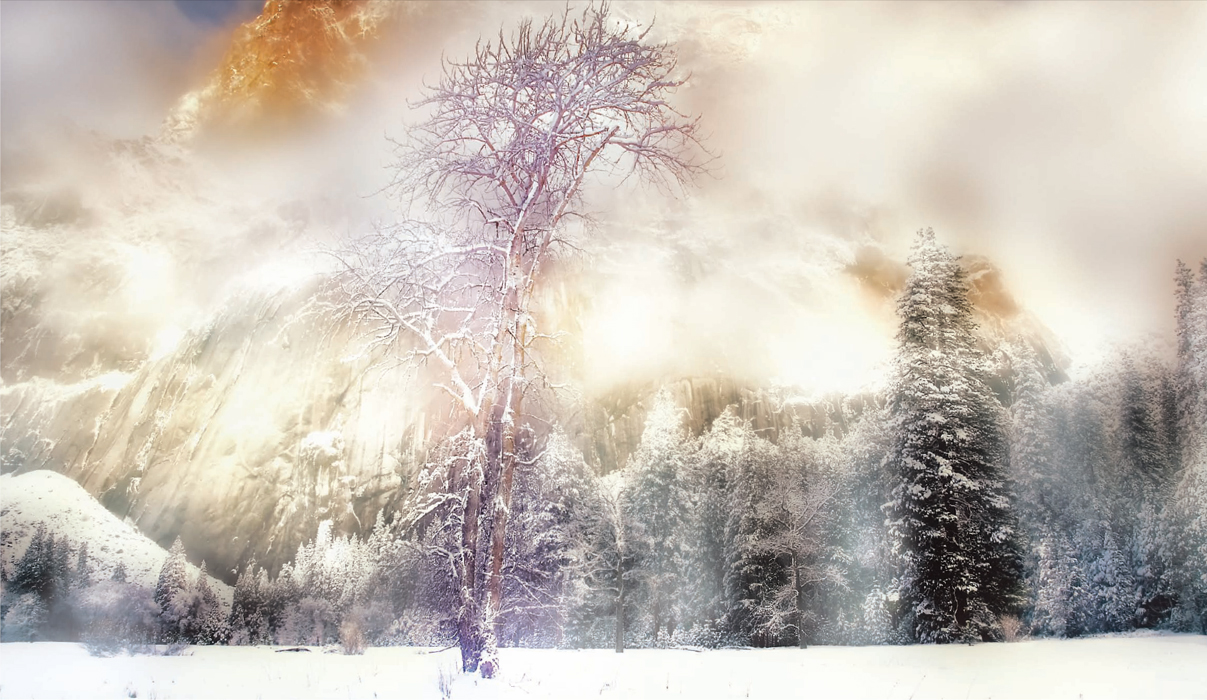Tools and Techniques

Choosing a Camera
“I like to carry a camera,” quips photographer Jay Maisel, “because it's hard to take a photograph without one.” In a world in which most mobile phones come with a camera-on-a-chip, this sentiment isn't quite as true as it used to be. There's nothing wrong with iPhone photos—I've seen some very cool iPhone creations—but in this book I'm going to assume that you, like me, are serious enough about your landscape photography to use a dedicated camera rather then the one built into your phone.
That said, when it comes to landscape photography, my list of minimum requirements is pretty basic. Here's what I look for in a landscape photography camera:
- Manual exposure controls
- The ability to save RAW captures
- A way to connect the camera to a tripod
- A provision for using a release for remote exposures
Most compact digital cameras that have the features that I mentioned also provide a zoom lens with a decent range of focal lengths from moderate wide-angle to moderate telephoto. These focal lengths are the ones most commonly used in landscape photography.
To have the maximum flexibility in lens choice however, nothing beats a Digital Single Lens Reflex (DSLR). For more on lenses and landscape photography, see pages 82–93.
Besides the ability to change lenses, the larger sensor size and professional-level controls of a DSLR make this the camera type ...
Get Creative Landscapes: Digital Photography Tips & Techniques now with the O’Reilly learning platform.
O’Reilly members experience books, live events, courses curated by job role, and more from O’Reilly and nearly 200 top publishers.

